On May 26, State Councilor and Foreign Minister Wang Yi held talks with Armenian Foreign Minister Mnatsakanyan in Yerevan, Armenia. After the meeting, the foreign ministers of the two countries signed a number of bilateral agreements on mutual exemption of visas for ordinary passport holders between the two governments.

According to the Deputy Foreign Minister of Armenia, the draft agreement will allow citizens of Armenia and China to stay in each other’s country visa-free for up to 90 days.

However, the specific effective date of the visa-free policy has not yet been determined. At present, Chinese citizens who go to Armenia can apply for sticker visas, electronic visas, or arrive at the airport for visas on arrival.


The Republic of Armenia, located in the Transcaucasus region at the junction of Asia and Europe, is known as the “Three Transcaucasus Countries” together with Georgia and Azerbaijan. It is the first country in the world to adopt Christianity as the state religion.
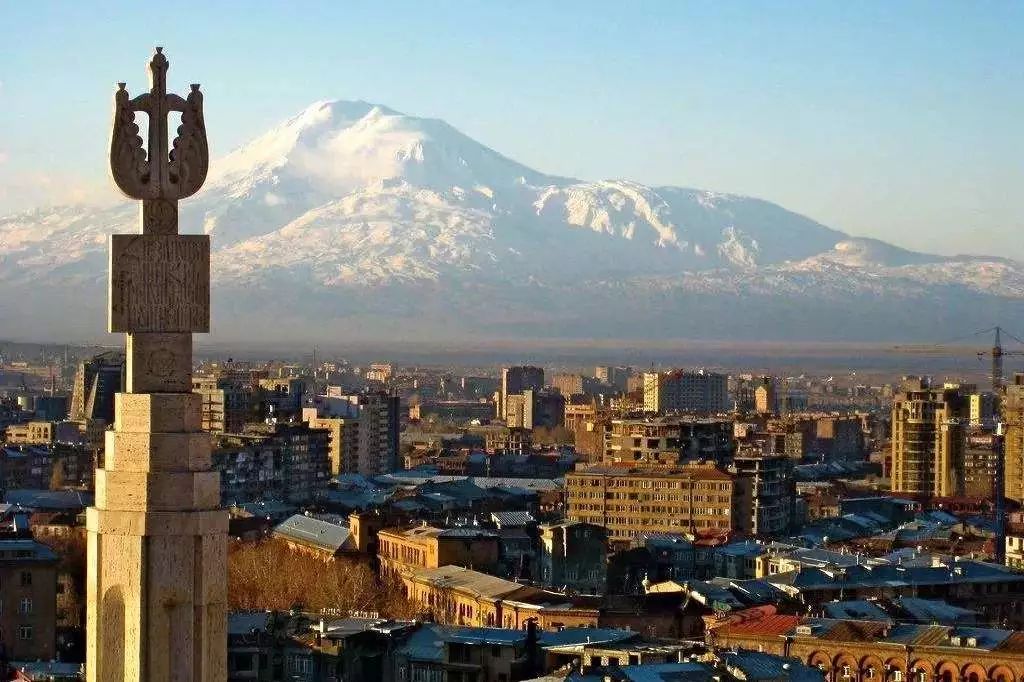
This country is so small that it is difficult to find it on the world map, but it has a history of more than 2,500 years. As an ancient people, the Armenians have been based in the foothills south of the Caucasus since classical times.

This country is so small that few people have even heard of it. Under the light of neighboring Turkey and Georgia, it is gradually forgotten by travelers. However, this mysterious land has unique scenery in the world.

Yerevan
– the most low-key capital –
Yerevan is probably the most low-key capital in the world. There are many modern buildings, but the colors are much more restrained. This prosperous capital was built with all the money and resources of the whole country, and is called “the city of the whole country” by the locals.

Yerevan is built on a hillside, and the surrounding scenery is very beautiful. It is rich in marble and granite, so most of the houses in the urban area are built of stone. The stone buildings are one after another, restrained but full of artistic sense.
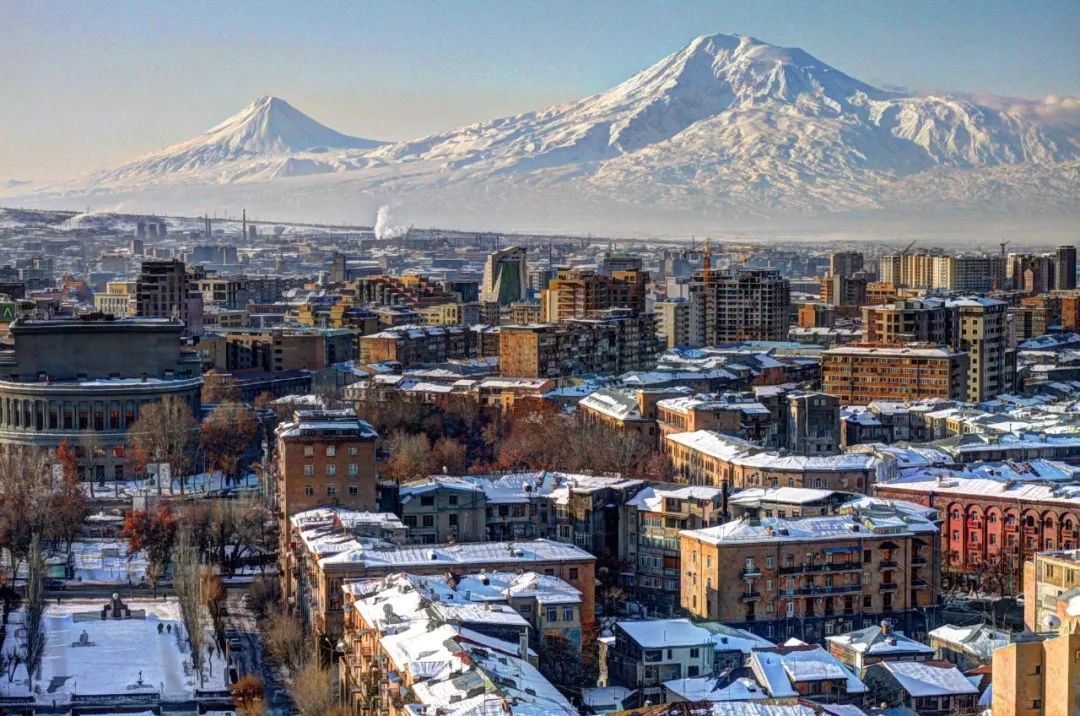
There are many scenic spots in Yerevan worth checking in, and the art ladder is not to be missed. The long steps go up all the way, the venues are set up under the steps, and the hundreds of steps are made of exquisite materials. It is a huge project in any city.

The Armenian Genocide Memorial Museum is located in the southwest of Yerevan. Although the scale is small, the exhibition covers a wide range. As a memorial built underground, its value lies not only in the beauty of architecture and design, but also in the historical weight it carries.
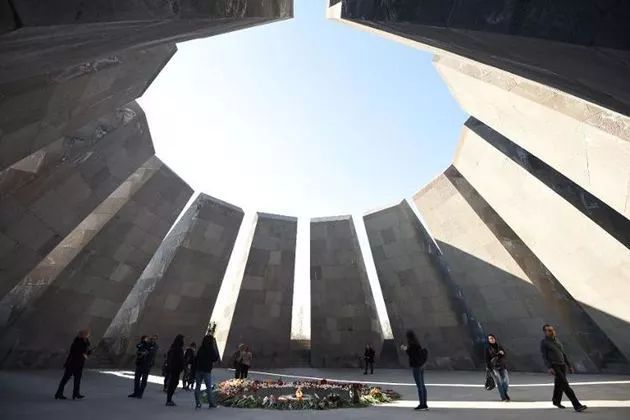
The Temple of Garni on the outskirts of Yerevan is perhaps the best example of understated style. The early Armenian religious beliefs are witnessed here, and the Romanesque architectural style is evident. Time will not erase the traces of different cultures, but only increase the barriers of civilization.

sevan lake
-Pearl of the highlands cherished by Armenians-
Armenia, which is small in size, has the largest alpine lake in the Caucasus, Lake Sevan. Driving 60 kilometers northeast from Yerevan, Lake Sevan is approaching gracefully, stunning every pair of eyes.
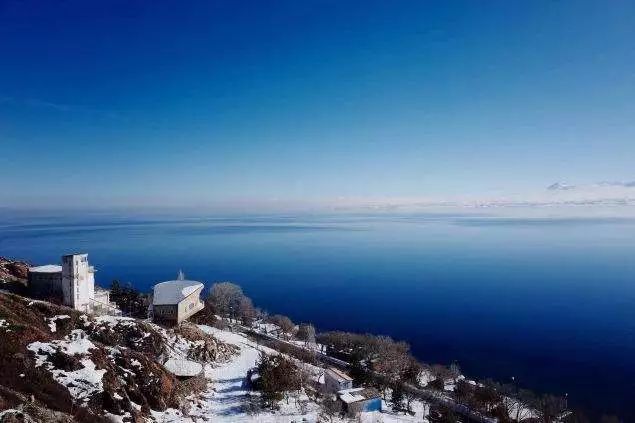
Throughout the ages, Armenians have regarded Lake Sevan as the pearl of the plateau and cherish it very much. Lake Sevan was called the Gegam Sea in ancient times, expressing the Armenian yearning for the sea, and Lake Sevan is indeed filled with the stalwart and magnificence of the sea.
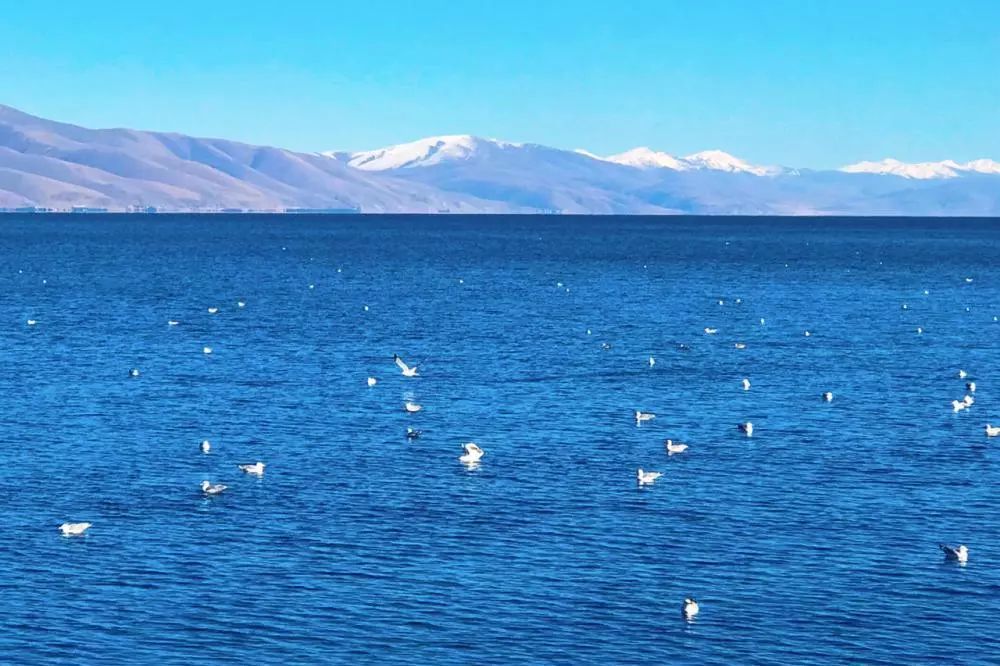
There are not so many harsh conditions for visiting Lake Sevan. Every afternoon and every sunset, the scenery by the lake is shrouded in a peaceful atmosphere. The blue lake reflects the blue sky, white clouds and snow-capped mountains, which is probably the case in fairyland.
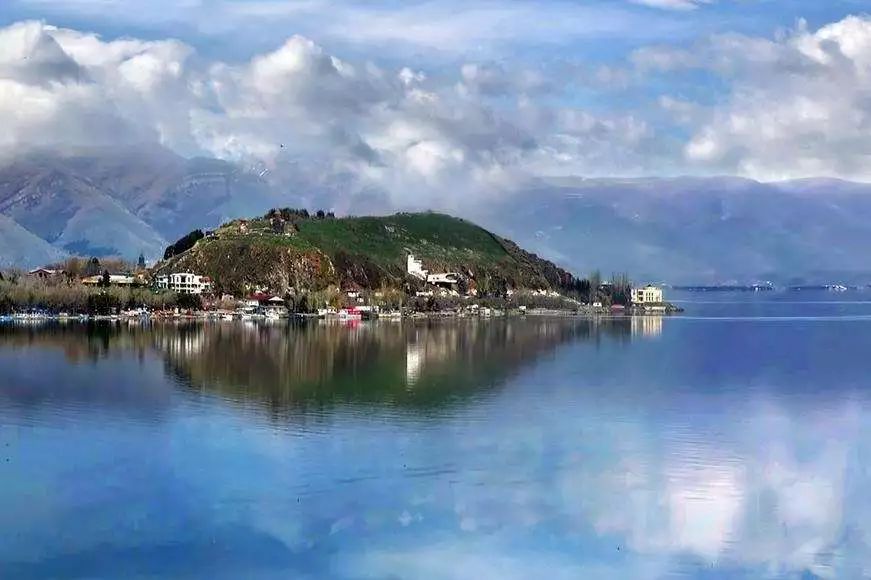
Walking to the mottled monastery by the lake, you can have a panoramic view of the entire Lake Sevan, the water and the sky are the same color, the blue is so blue, the blue is amazing, like a tear from the Caucasus, left in the valley.
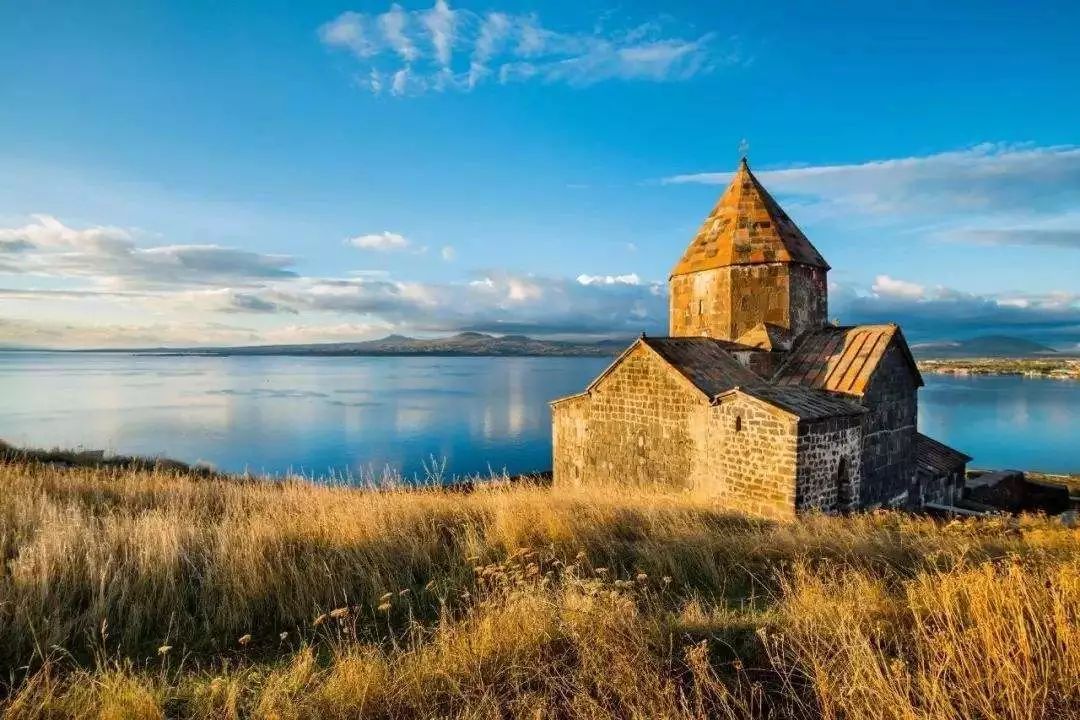
Gegard Abbey
– The monastery that houses the “Holy Spear” –
The Gegard Monastery is located in a canyon 40 kilometers southeast of Yerevan. The existing buildings were built in the 13th century AD. Most of the buildings were excavated from the rocks. The use of space is very clever. In 2000, it was included in the “World Heritage Catalogue.

“Geghard” means “Holy Spear”, referring to the spear that the Roman soldiers used to pierce Jesus’ body before the legendary Jesus went to the cross. The purpose of building this monastery is to store part of the “Holy Spear”.
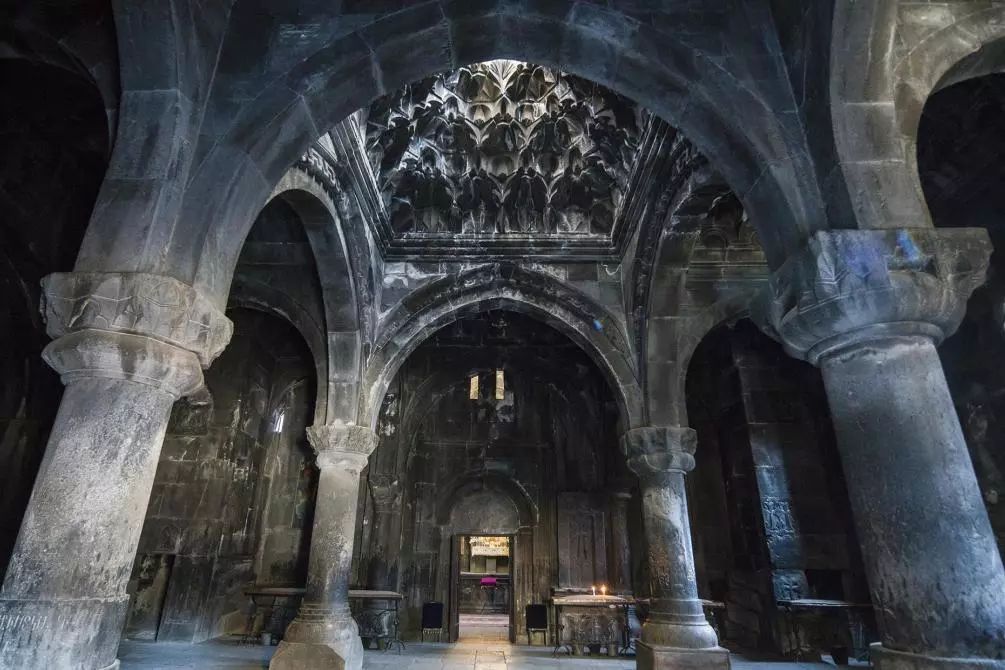
The Gegard Monastery is the best and most complete representative of the overall architecture and decorative arts of medieval Armenian monasteries so far. Its architectural style has had a profound impact on the architectural forms of this area since then.


“God said let there be light,
And so there was light, and there was Armenia. “




